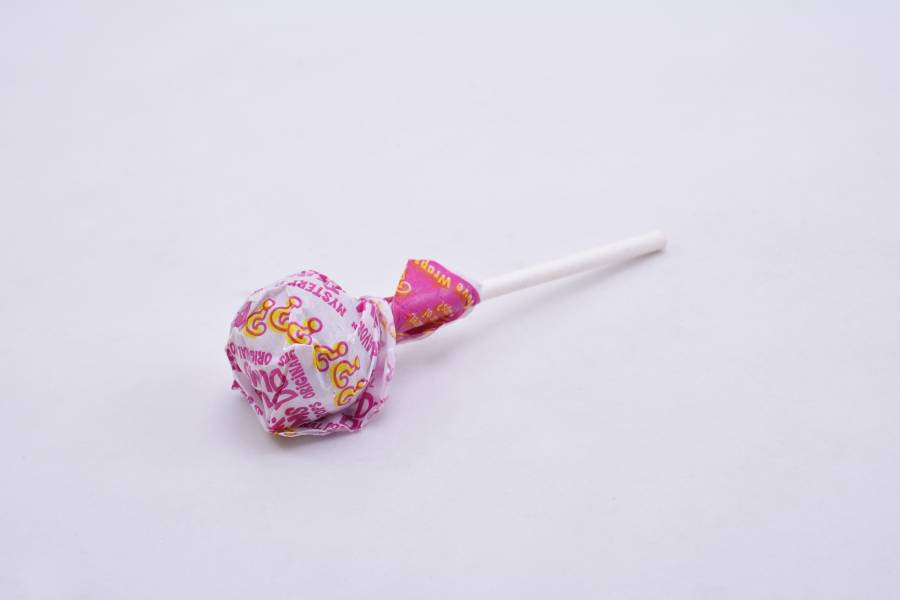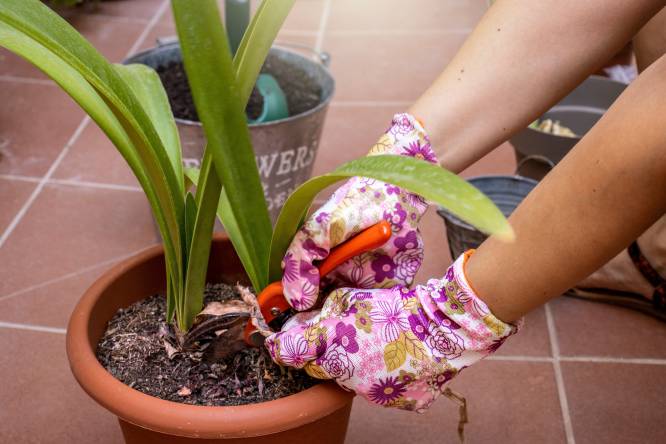During the warmer months, many flying insects become more active. These include everything from flies and mosquitoes to wasps and hornets. Have you ever noticed your dog snapping at flying insects? Sometimes a dog will get lucky and grab the flying tormentor, possibly even swallowing the winged offender!
Connect with a verified veterinarian in minutes. Licensed vets are available 24/7 to answer your questions. No need to worry about your furry family member.
But what happens if a dog swallows a wasp?
Can Dogs Get Sick from Swallowing a Wasp?
We know that wasps are not fun to deal with on a good day! Our fur babies, however, may like to practice their agility by snapping at anything that flies near their face, including a wasp.
If your dog has caught the wasp and swallowed it, chances are he won’t have problem from swallowing the insect. The wasp will pass through the digestive tract like anything else your dog eats. Even though wasps are venomous, their venom isn’t poisonous. Venom can only cause a problem if the wasp has a chance to sting, which is when venom is injected into the skin.
It is strongly recommended to contact a Pet Poison Helpline or your veterinarian. Your veterinarian may suggest the best digestive supplements, like Nutra Thrive, to help your dog’s digestive system and support a healthy immune system.
Symptoms of Wasp Stings in Dogs
Some dogs are allergic to wasp venom and may exhibit these symptoms after being stung:
- Hives
- Swelling of face, ears, lips, eyelids, or ear flaps
- Red, inflamed skin
- Vomiting
- Sneezing
- Itchy ears
- Difficulty breathing
The problem could come if the wasp happens to sting your dog on the way down. Keep in mind that most dogs are not allergic to wasp stings. However, if your dog is allergic, and becomes stung on the lips, in the mouth, the tongue, the back of the mouth or in the throat, this could cause a serious allergic reaction.

Review symptoms, medications & behavior to keep your pets healthy with a Vet Online in just minutes.
Ask a Vet Live NowAnaphylactic Reaction in Dogs
An anaphylactic reaction is a serious, life-threatening allergic reaction to a substance. Venom from wasps can cause an anaphylactic in some dogs.
Dogs who suffer a sting to the mouth, tongue or the throat could be in serious danger. The reason is that an anaphylactic reaction causes swelling. This swelling, to the mouth, tongue or throat, can cause the airways to close, leading to your fur baby not being able to breath. The reaction will occur within the first 10 minutes or so after the dog was stung.
If your canine companion is allergic to wasp venom, then it’s a good idea to get on the phone with the vet as soon as possible after your dog’s been stung. The vet may advise you to give your dog Benadryl (diphenhydramine). But only do this if your vet has advised you to do so. The usual does is about 1 milligram per pound of body weight. However, the vet must give you the right dosage information for your dog.
How to Treat a Wasp Sting on Dogs?
If your dog is not experiencing an anaphylactic reaction, you can soothe the stung area with cool water. You can also use vinegar on the wasp sting. Then you can apply an ice pack (such as a bag of frozen vegetables or a damp towel that’s been frozen) to the area for 10 minutes.
If your dog develops breathing trouble, then this is an emergency which needs to be treated by the vet immediately.
How Does the Vet Treat a Wasp Sting on Dogs?
For dogs that are not suffering from an allergic reaction, the vet may use the same methods described above. The vet may also put topical lidocaine (a local anesthetic) on the stung area, along with a corticosteroid cream or ointment to reduce pain and inflammation. In some cases, the vet may also prescribe antihistamines.
How Does the Vet Treat an Anaphylactic Reaction in Dogs?
While rare, it is possible that some dogs could develop an anaphylactic reaction. In that case, the vet usually prescribes a shot of epinephrine (similar to that used for humans experiencing an anaphylactic reaction).
Epinephrine increases the dog’s heart rate, blood pressure, and heart rate. This medication is used for life-threatening allergic reactions. The vet may also give your fur baby a round of corticosteroids. Some dogs may also require supplemental oxygen and intravenous fluids. The vet may also run blood work to ensure that your fur baby’s organs have suffered no damage.
In addition, dogs that have had a life-threatening allergic reaction must be monitored for several days after their reaction. It is possible that a few dogs may develop a secondary anaphylactic reaction, which usually occurs within 8-10 hours of the initial reaction; however, it’s also possible the reaction could occur as much as 72 hours later.
In most cases, dogs will be OK if they happen to swallow a wasp. However, if your dog begins to show any symptoms of an allergic reaction or breathing difficulties, be sure to call the vet immediately. It could save your fur baby’s life.
Connect with a verified veterinarian in minutes. Licensed vets are available 24/7 to answer your questions. No need to worry about your furry family member.

Kim
Kim is a talented author, who loves animals especially dogs. She engaged in writing books and articles relating to animals a decade ago. Kim resides in Chicago with her husband and son. The family is the proud owner of a dog and a parrot (Jack and Lily). Kim wanted more than these two pets, but her husband put his foot down... She often visits elementary schools to talk to the kids about what she learned about pets and how they could learn from them.
Review symptoms, medications & behavior to keep your pets healthy with a Vet Online in just minutes.
Ask a Vet Live Now




